Montenegro travel tips
Montenegro travel tips: Balkan gem with Adriatic coastlines, rugged mountains, historic towns, and the stunning Bay of Kotor, inviting travelers to explore.
Municipalities 🌎
Montenegro travel tips. Here is a list of all the municipalities of the Montenegro.

Andrijevica
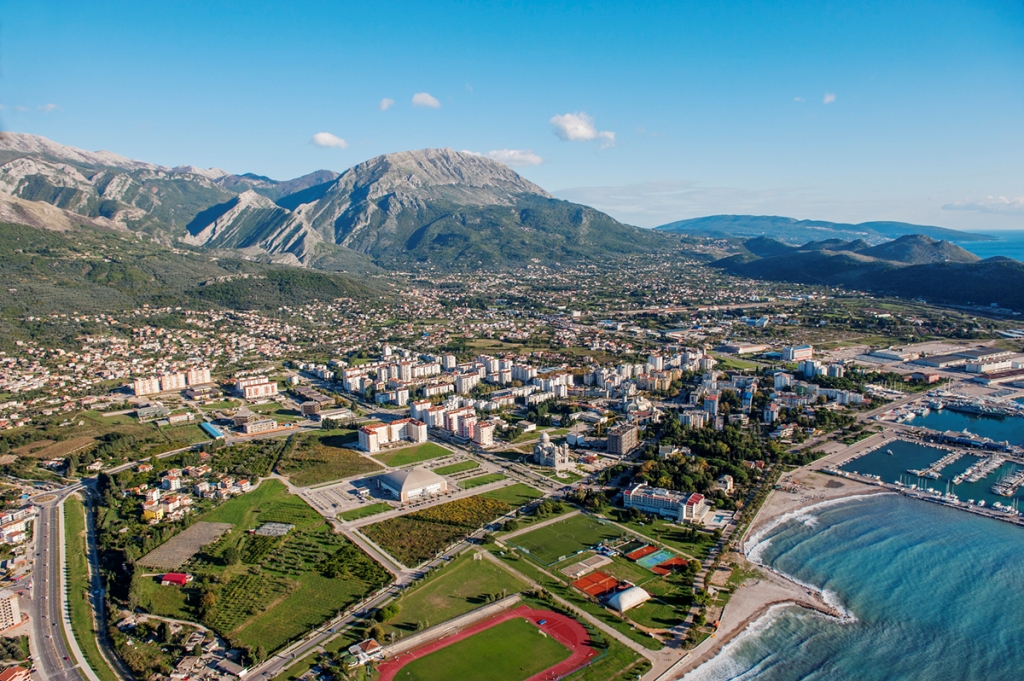
Bar
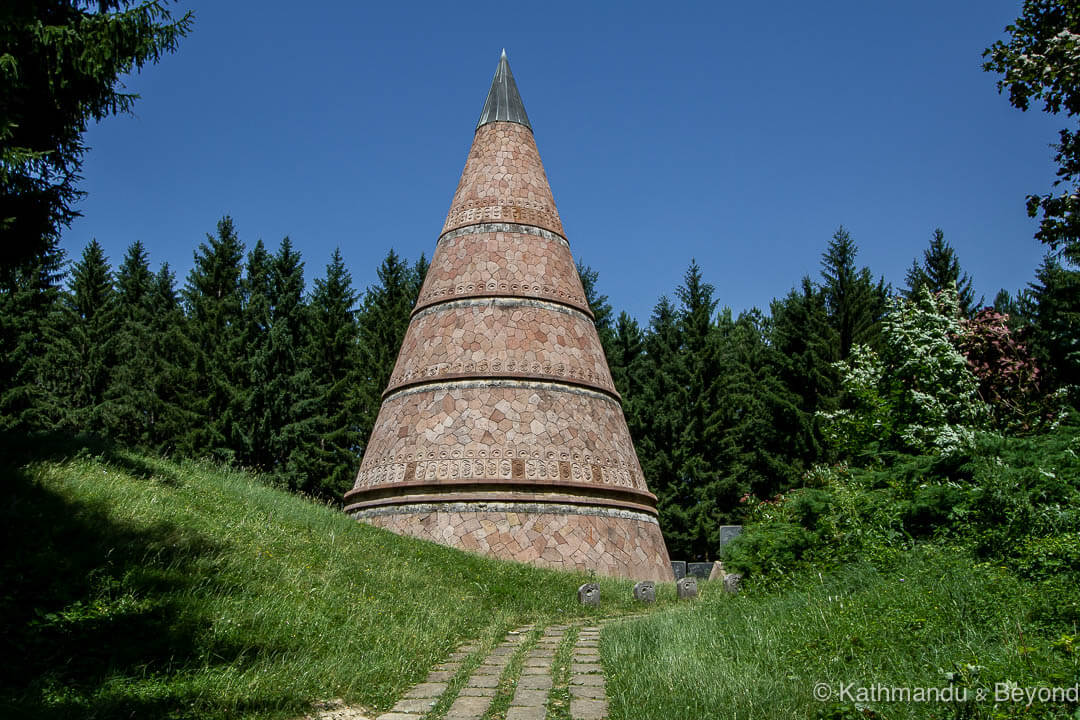
Berane
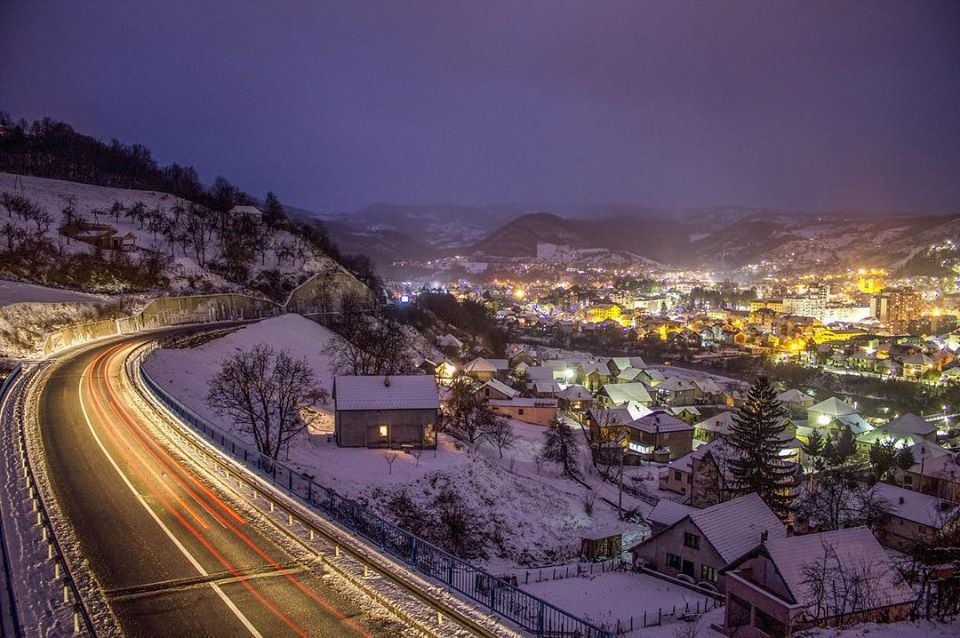
Bijelo Polje

Budva
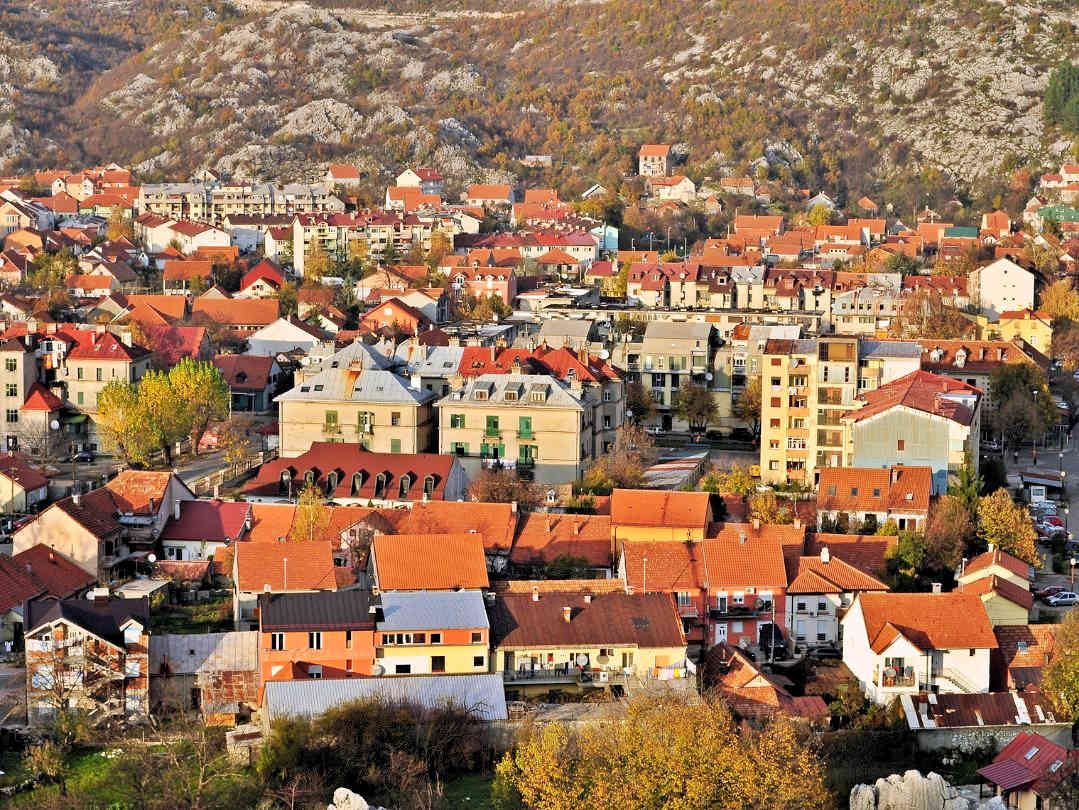
Cetinje
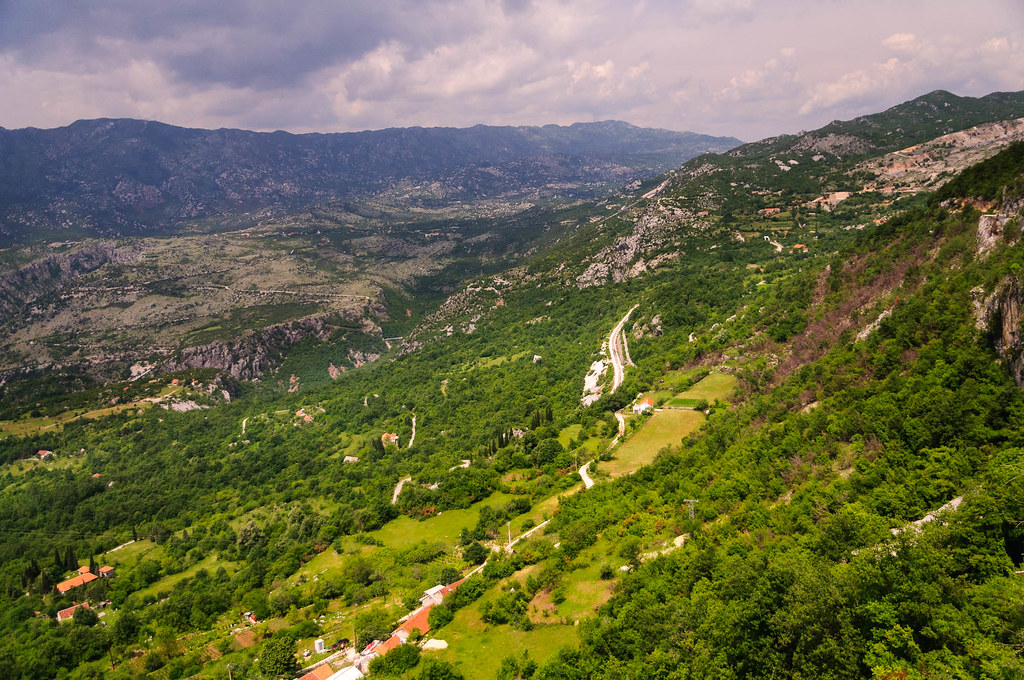
Danilovgrad

Gusinje
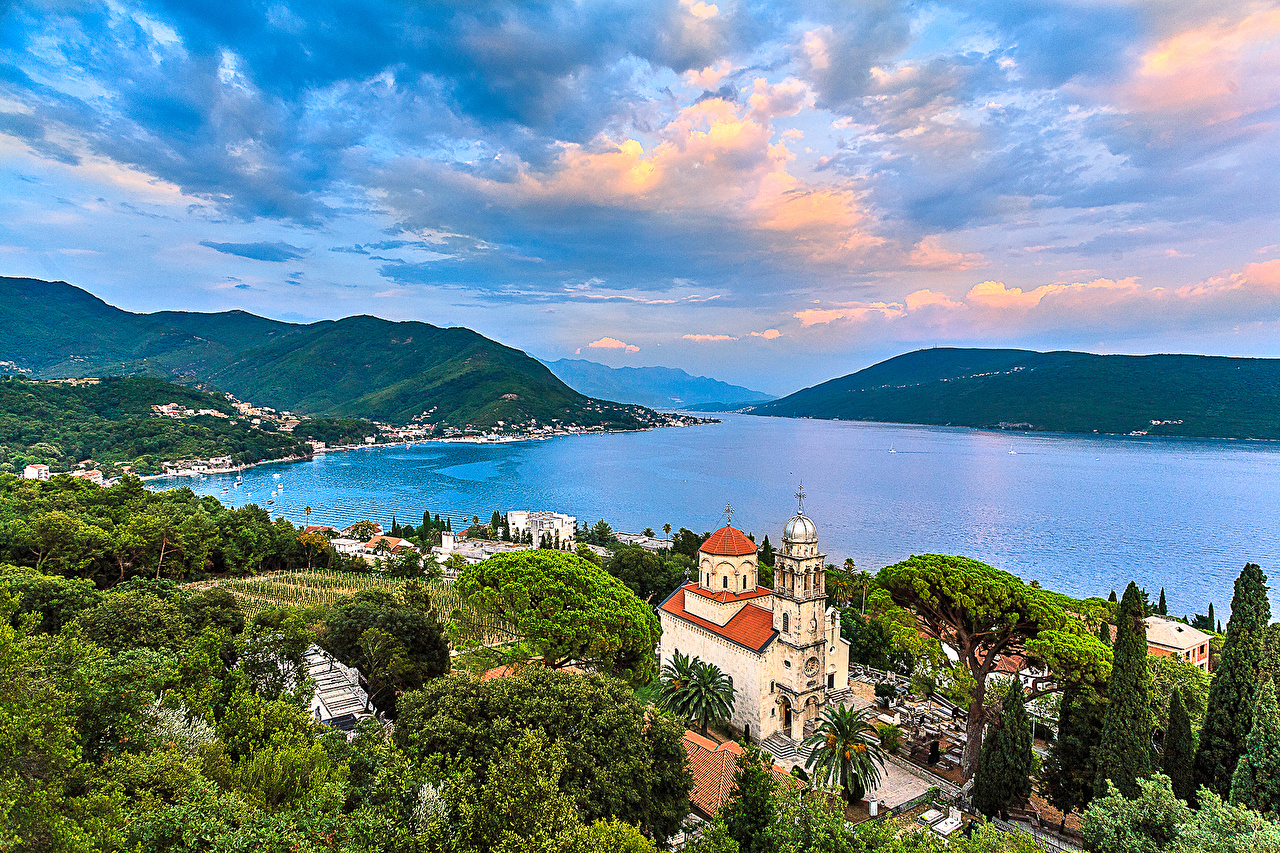
Herceg Novi
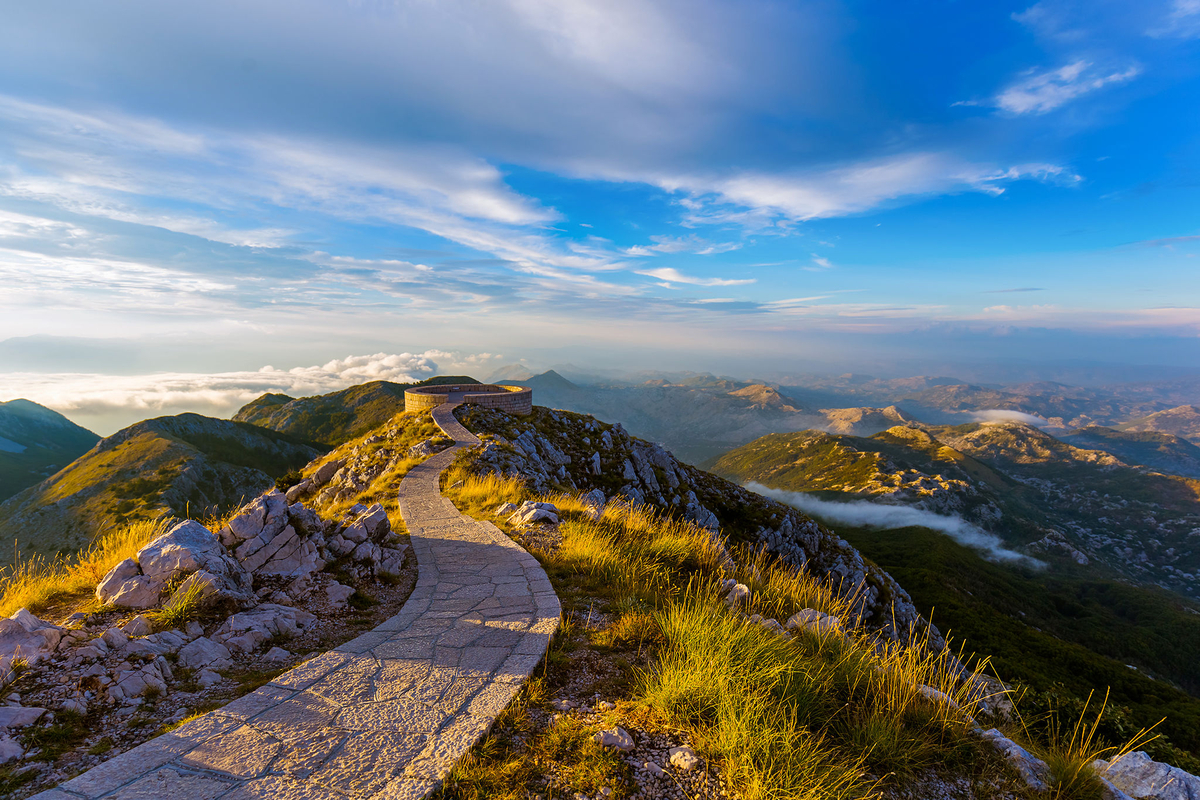
Kolašin

Kotor
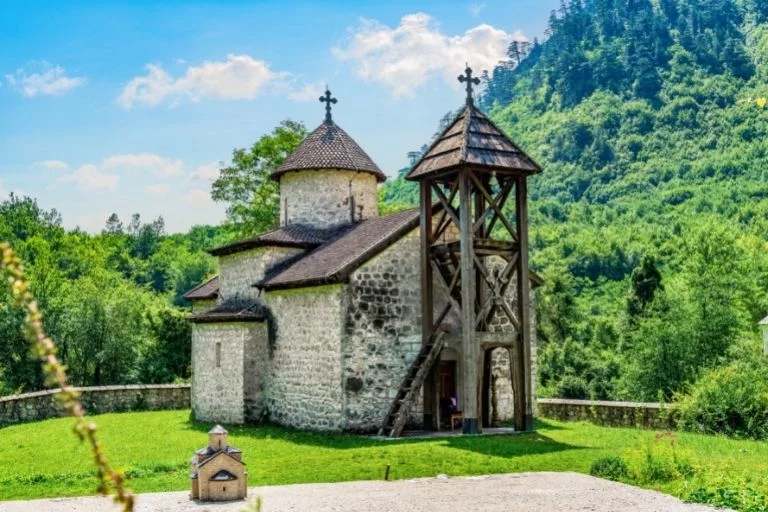
Mojkovac
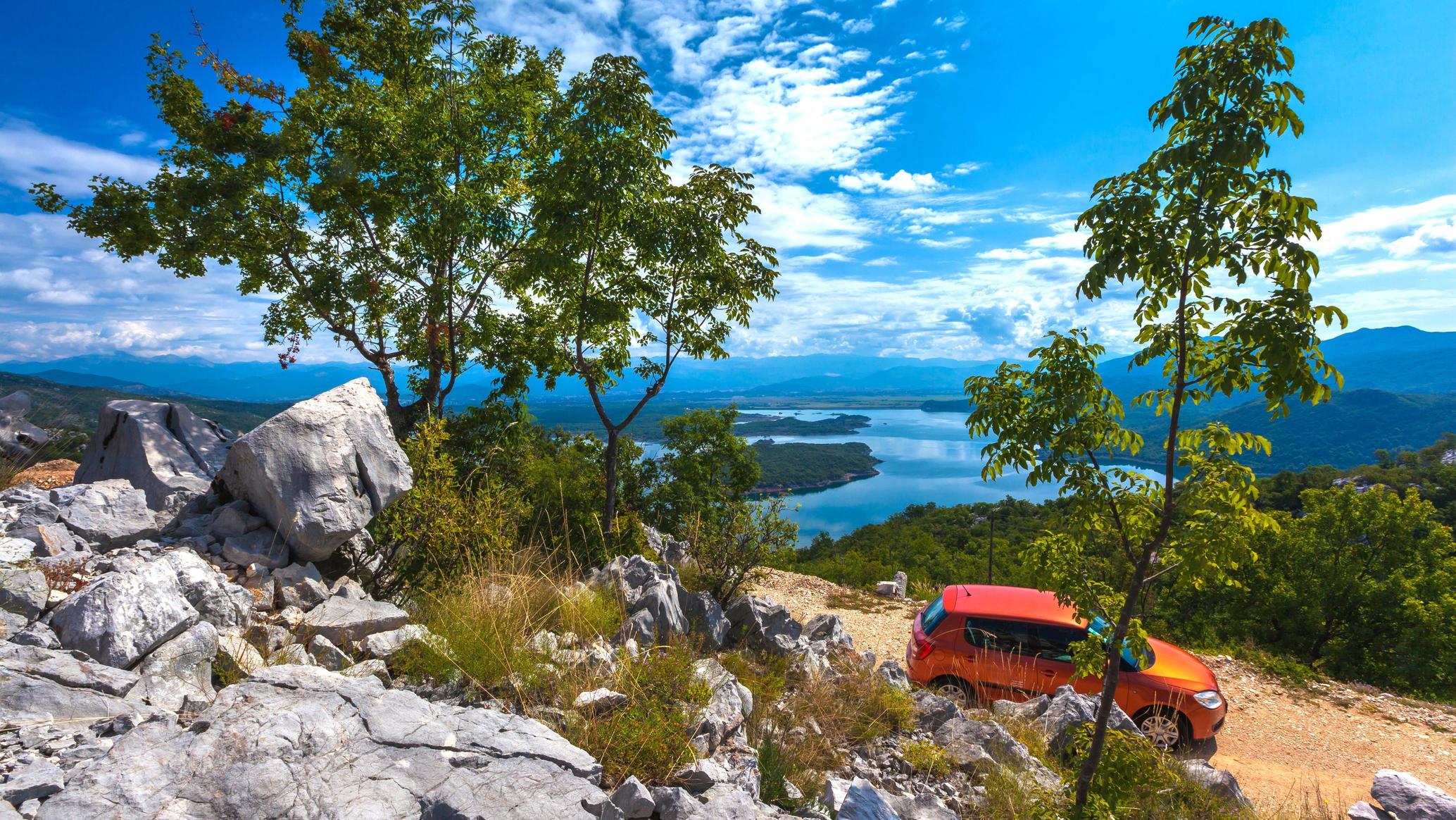
Nikšić

Plav
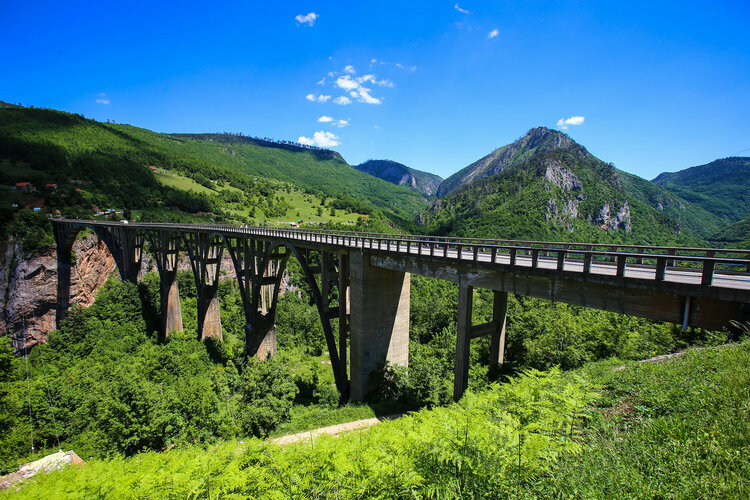
Pljevlja
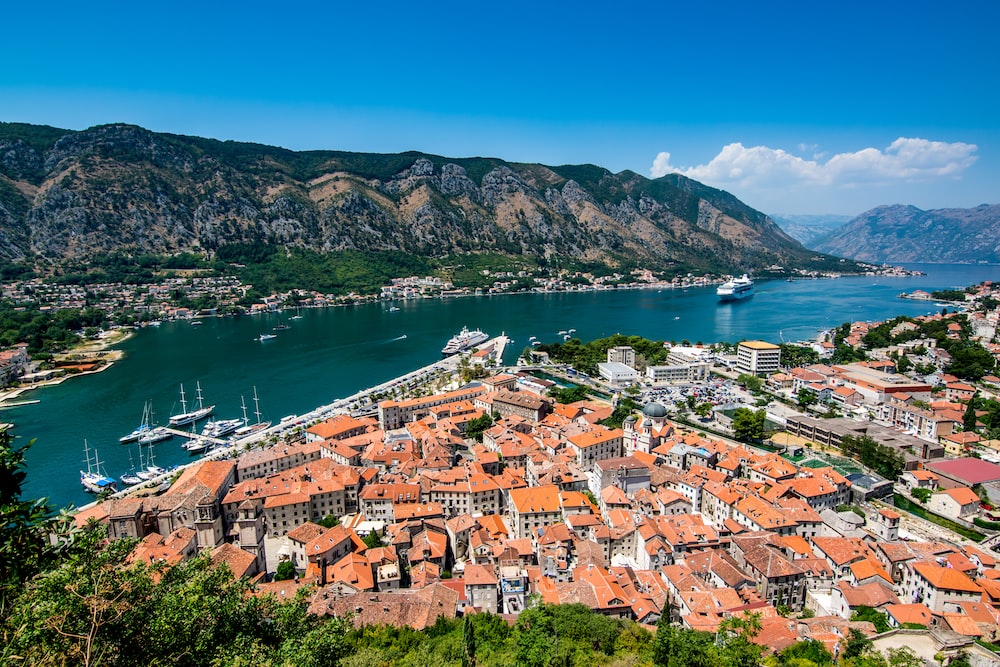
Plužine
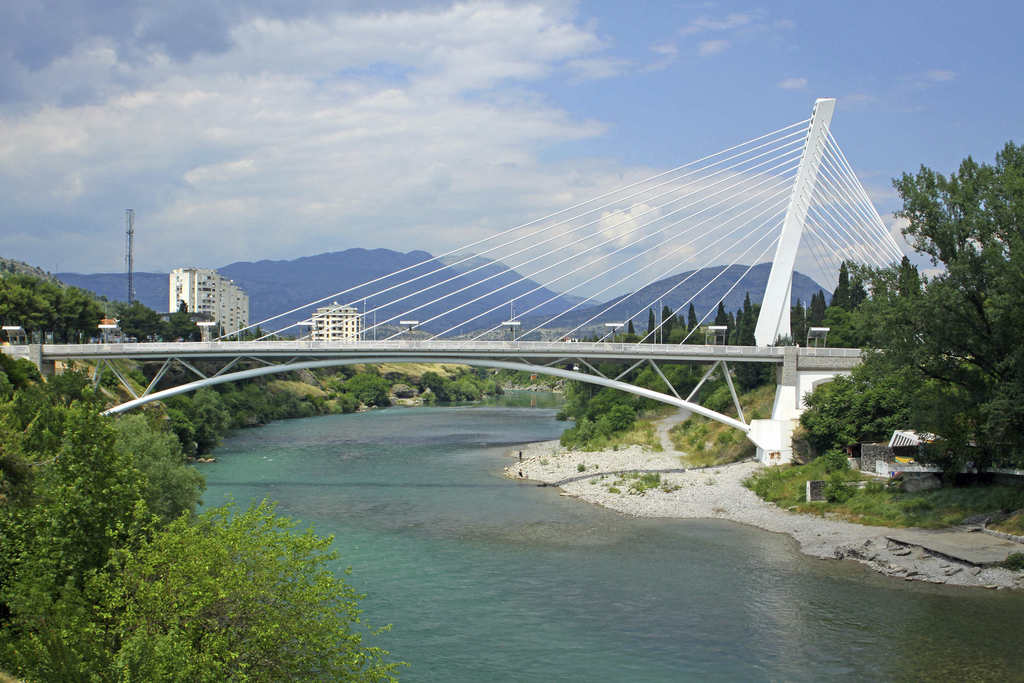
Podgorica
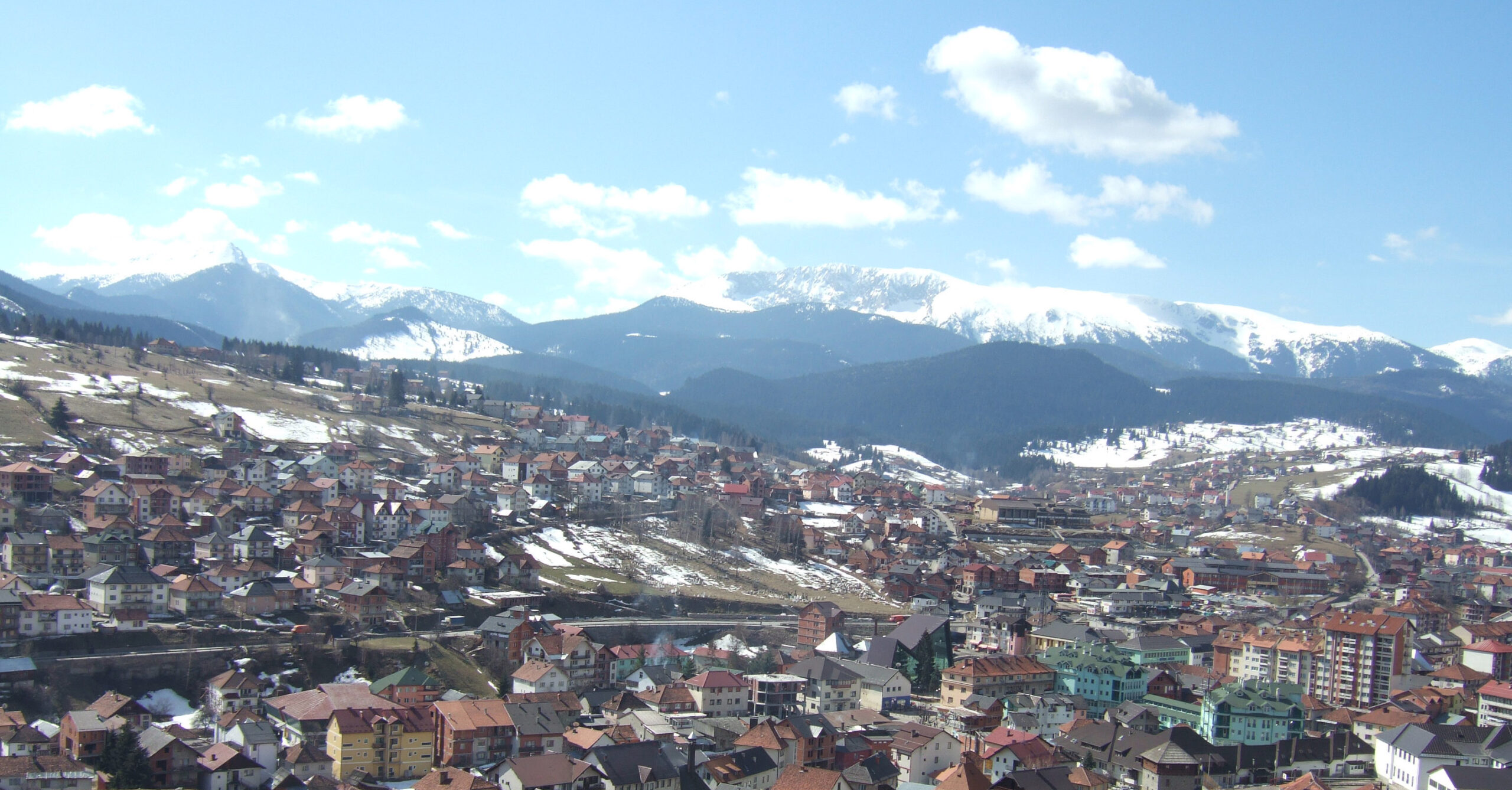
Rožaje

Šavnik

Tivat
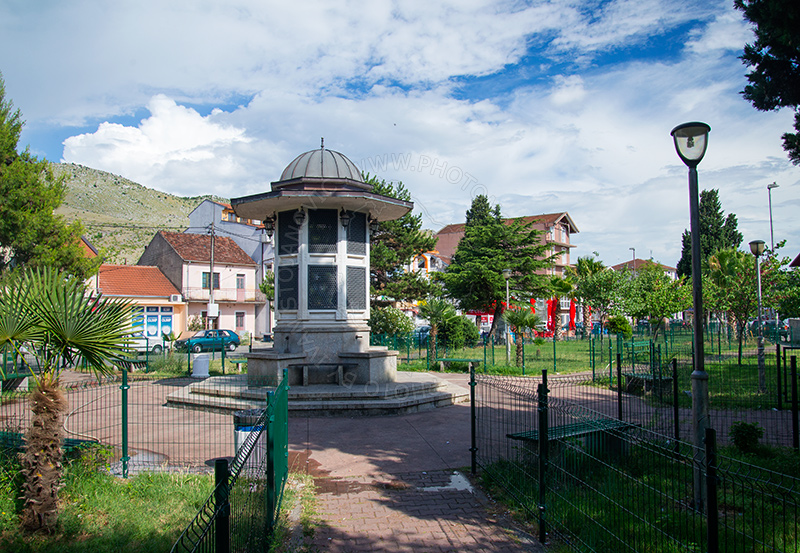
Tuzi

Ulcinj

Žabljak
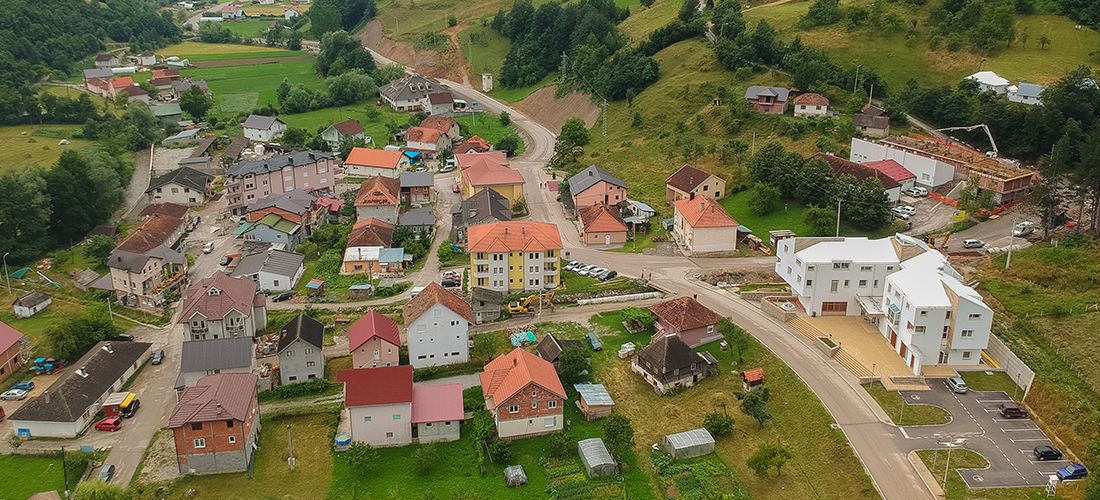
Petnjica
Before you go 🛩
Important information you should know before your trip
Info
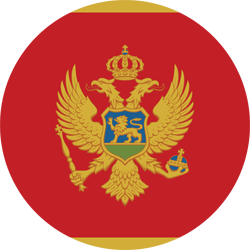
Capital | Podgorica
Flag Codes:
ISO alpha-2 ME,
ISO alpha-3 MNE
Currency
Badge | Euro
CODE | EUR
NUMBER | 978
SYMBOL | €
FRACTION | Penny
Mobile Coverage
Dialing Code | +382
SIM Card
Coverage | 3G / 4G / 5G |
Mobile Networks | Mtel Mobile | T-Mobile | Telenor Mobile |
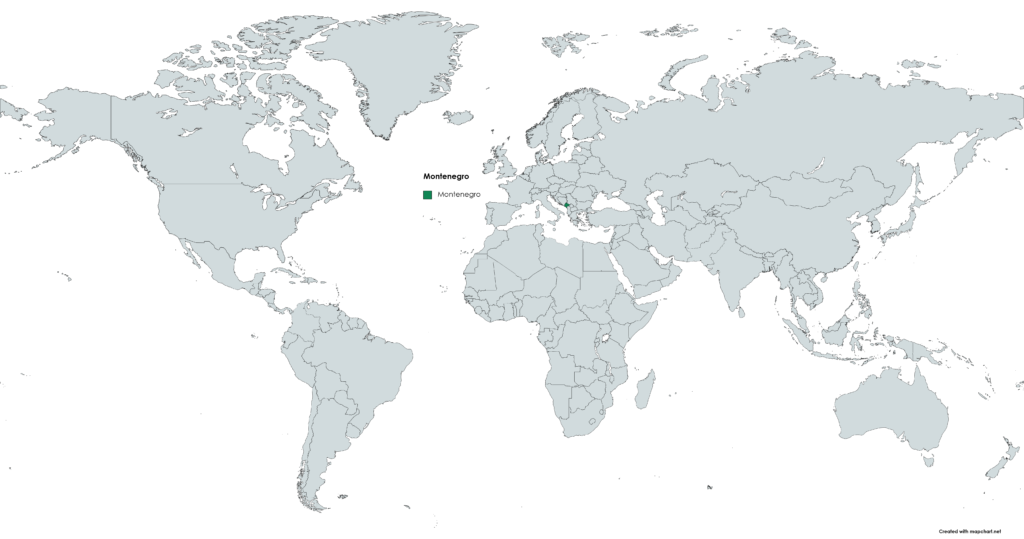
Location
Montenegro is a country located in Southeast Europe on the Balkan Peninsula. It is situated on the Adriatic coast, bordered by Croatia to the west, Bosnia and Herzegovina to the northwest, Serbia to the northeast, Kosovo to the east, and Albania to the southeast. The country also shares a maritime border with Italy. Montenegro’s geographic coordinates are approximately between 42.7087° N latitude and 19.3744° E longitude. Its coastline along the Adriatic Sea stretches for about 293 kilometers (182 miles). The capital city of Montenegro is Podgorica.
Currency
The currency of Montenegro is the Euro (EUR).
Montenegro adopted the euro as its official currency on January 1, 2002.
Previously, the official currency was the Yugoslav Dinar, then the Serbian and Montenegrin Dinar.
Languages
The official and most widely spoken language in Montenegro is Montenegrin, which is a South Slavic language and uses the Cyrillic alphabet. Montenegrin is very similar to Serbian, Croatian, and Bosnian, and in practice, they are mutually intelligible. In fact, for many years these four languages were considered as one common language, known as Serbo-Croatian.
In addition to Montenegrin, Albanian is also spoken in some parts of Montenegro, especially in the Ulcinj region, where there is a significant Albanian minority. Bosnian, Serbian and Croatian are also spoken by a part of the population, especially in the border regions with Bosnia and Herzegovina and Serbia. English and other foreign languages are also commonly spoken in tourist areas and in the tourism industry in general.
Climate 🌡
Montenegro has a diverse climate due to its geographical features, including coastal areas along the Adriatic Sea, high mountains, and inland valleys. The climate can be classified into three main types:
Coastal Climate: The coastal region of Montenegro, including cities like Budva and Kotor, experiences a Mediterranean climate. Summers are hot and dry with average temperatures ranging from 25°C to 30°C (77°F to 86°F), and winters are mild with average temperatures around 7°C to 10°C (45°F to 50°F). The coastal areas receive a moderate amount of rainfall, primarily during the winter months.
Mountain Climate: The central and northern parts of Montenegro, which are dominated by the Dinaric Alps, have a mountainous climate. The mountainous areas, including Durmitor National Park and Tara River Canyon, experience colder winters with heavy snowfall and cool summers. Temperatures can drop below freezing during winter, while summer temperatures average around 20°C (68°F).
Continental Climate: Some parts of the country, particularly the eastern regions, have a more continental climate. This includes areas near the border with Serbia. Summers in these regions are warm with average temperatures around 25°C to 30°C (77°F to 86°F), while winters are colder with temperatures often dropping below freezing.
Montenegro travel tips
If you’re planning a trip to Montenegro, here are some travel tips to enhance your experience:
Cultural Events:
Check for local festivals and events happening during your visit.
Local Etiquette:
Respect local customs and traditions, especially in religious sites.
National Parks:
Explore Biogradska Gora, the untouched forest, and Lake Skadar, a haven for birdwatching.
Wine Tasting:
Sample local wines, especially Vranac red wine, amidst scenic vineyards.
Transportation:
Rent a car for flexibility, or use buses and taxis. Roads can be winding, but offer scenic views. View Guide.
Bay of Kotor:
Visit the UNESCO-listed Bay of Kotor, surrounded by medieval fortifications and charming coastal villages.
Mountain Adventures:
Discover the stunning Durmitor National Park, offering hiking, rafting, and the Tara River Canyon.
Enjoy your time in Montenegro!

The best of the best
Montenegrin cuisine is influenced by the country’s geographical location and historical ties with various cultures. Traditional Montenegrin dishes often include a variety of meats, dairy products, vegetables, and bread.
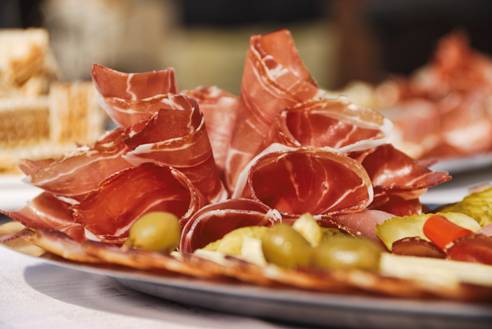
Njeguški Pršut (Njeguški Ham)
This is a famous Montenegrin dry-cured ham, similar to Italian prosciutto.
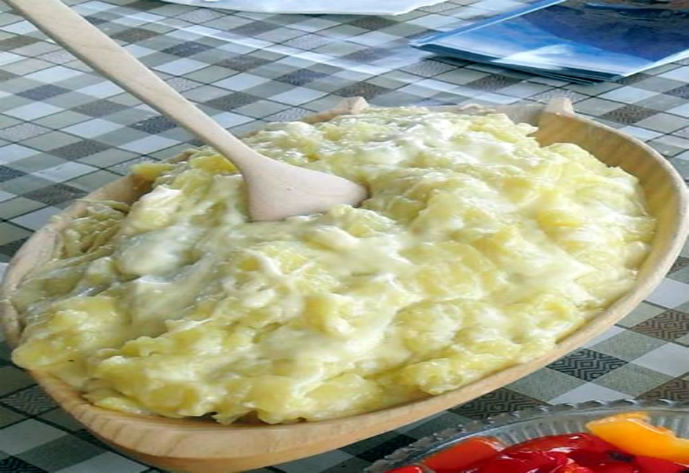
Kačamak
A hearty dish made from cornmeal, potatoes, and cheese. It’s often served as a side dish or on its own.

Ćevapi
Grilled minced meat (usually a mix of beef and lamb) shaped into small sausages and served with flatbread (lepinja) and chopped onions.
Here are some typical foods you can try in Montenegro:
Pljeskavica: A grilled minced meat patty, similar to a burger, served with various toppings and often wrapped in lepinja.
Burek: A popular pastry filled with meat, cheese, or spinach. It’s a delicious and filling snack or breakfast item.
Riblja Čorba (Fish Stew): A flavorful fish soup made with various types of fish, vegetables, and spices.
Pasulj (Bean Stew): A hearty bean stew often cooked with smoked meats and served with bread.
Sogan-dolma: Stuffed onions with a mixture of ground meat and rice, cooked in a tomato-based sauce.
Priganice: Deep-fried dough balls, often served as a sweet treat with powdered sugar or honey.
Palačinke: Thin pancakes served with various fillings such as jam, chocolate, cheese, or nuts.
Rakija: A strong fruit brandy, often homemade and enjoyed as an aperitif or digestif.
Vranac Wine: A popular red wine made from the Vranac grape variety, known for its rich and robust flavor.
Montenegrin cuisine showcases the country’s culinary heritage and is a delightful experience for food lovers visiting the region.
Transportation 🚥
More information about this country
Choose your destination 📍🗺
Useful Links ✅



